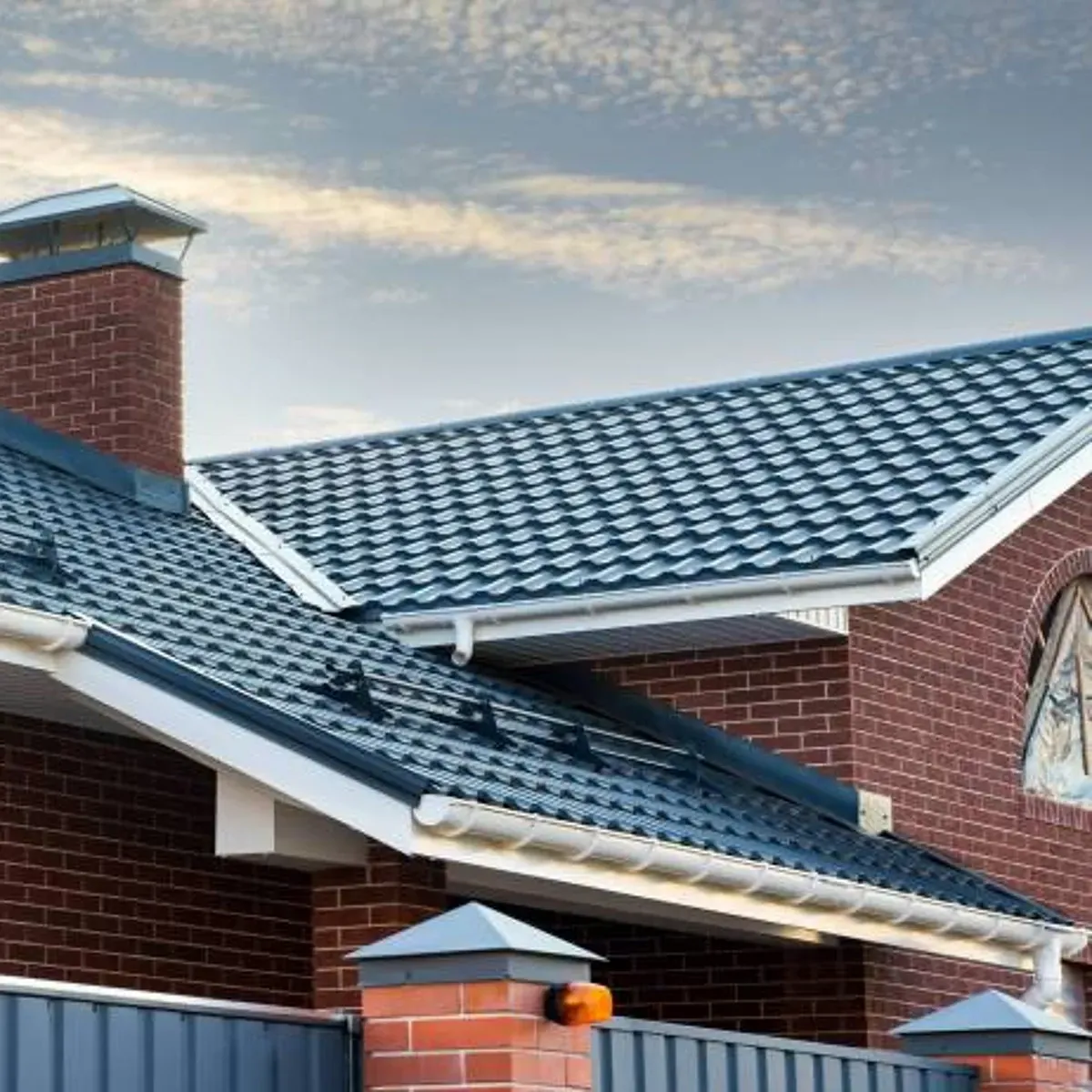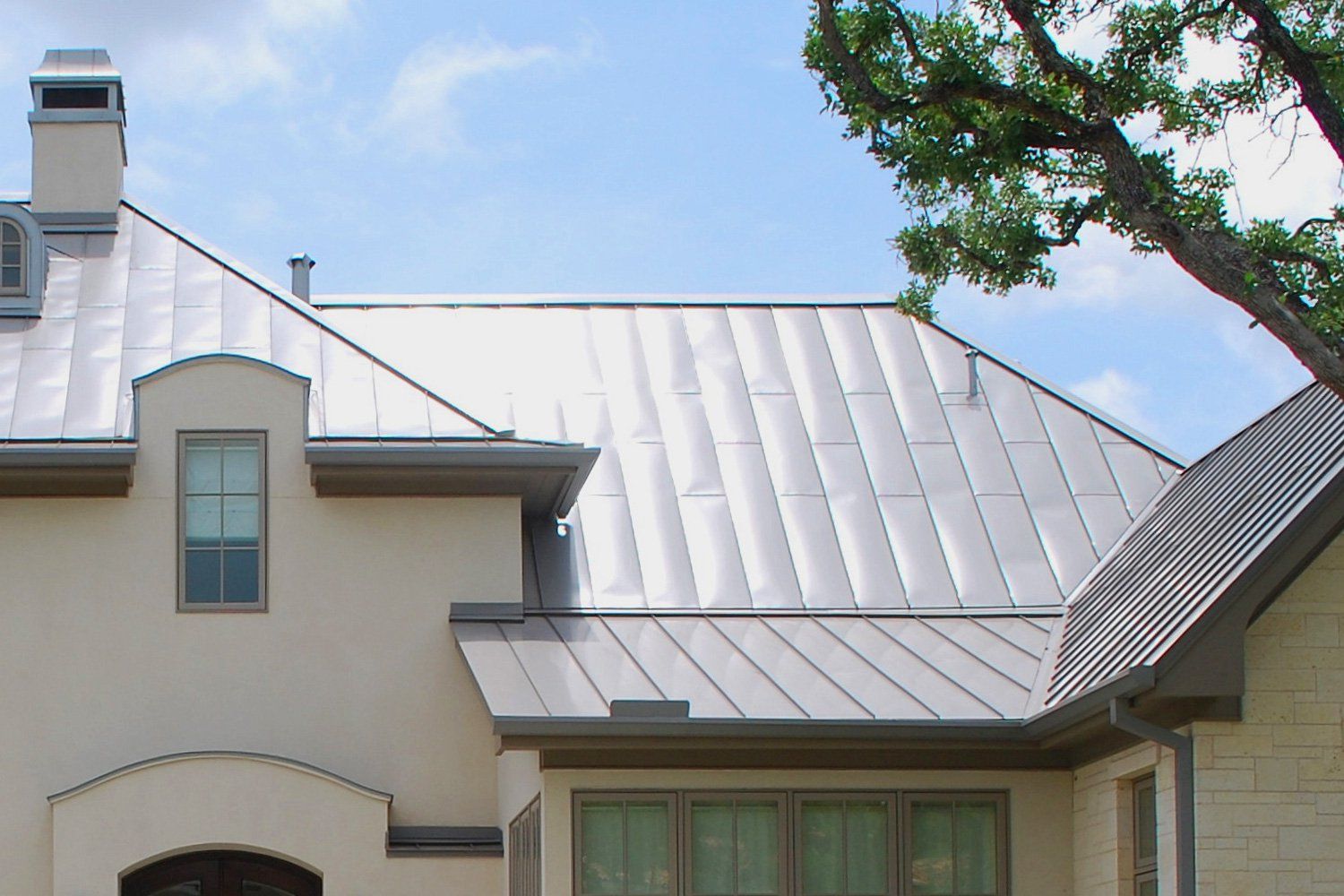Your roof is a key part of your home. It keeps you safe and dry. But many people don't know much about how roofs work or what they're made of.
Learning about your roof can help you take better care of it. A basic understanding of roof parts and materials can save you money on repairs and extend your roof's life. You'll be able to spot issues early and talk to roofers more easily.
This guide will teach you the basics of roof anatomy. You'll learn about different roof types and materials. We'll also cover some simple ways to maintain your roof. By the end, you'll feel more confident about your roof and how to care for it.
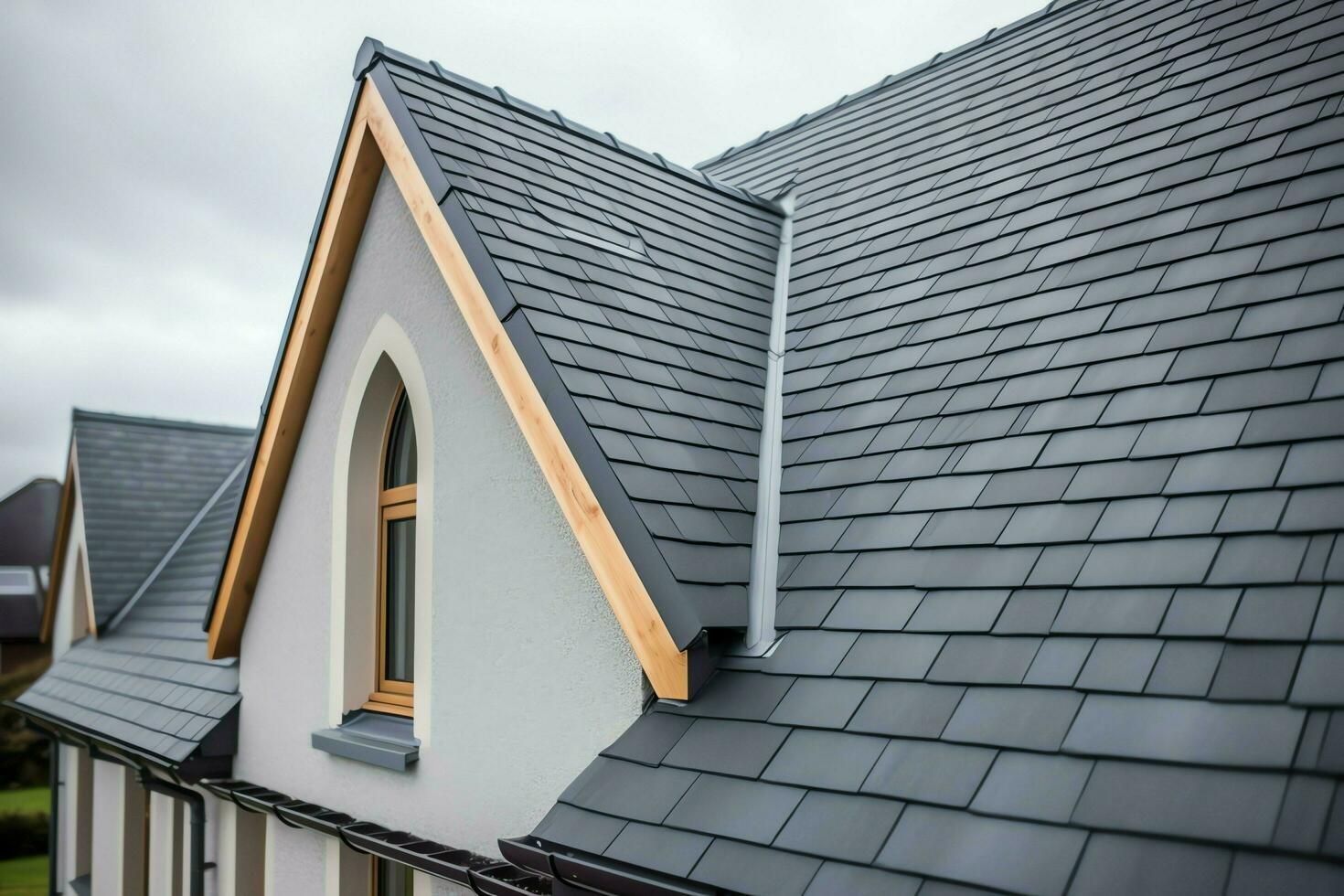
Understanding Roofing Fundamentals
Your roof is made up of different materials and parts that work together. Knowing these basics helps you take care of your roof and spot problems early.
Types of Roofing Materials
Roofs come in many types. Asphalt shingles are common and cheap. They last about 20 years. Metal roofs cost more but last longer, up to 50 years. Clay tiles look nice but are heavy and pricey.
Wood shakes give a natural look but need more care. Slate is very strong and can last 100 years, but it's very expensive. Rubber roofs work well for flat roofs on homes.
Each type has good and bad points. Think about your climate, budget, and how your house looks when picking a roof material.
Basic Roofing Terminology
Knowing roof terms helps you talk to roofers. The "deck" is the base of your roof. "Underlayment" goes on top to block water. "Flashing" are metal strips that stop leaks in corners.
"Valleys" are where two roof slopes meet. "Eaves" are the edges that hang over walls. The "ridge" is the top line where slopes meet.
"Pitch" means how steep your roof is. A "square" in roofing equals 100 square feet. Knowing these terms makes it easier to understand roof work and costs.
Common Roofing Components
Your roof has many parts working together. Shingles or tiles are the top layer you see. Under them is felt paper to stop water.
Vents let air flow and prevent heat buildup. Gutters catch rain and move it away from your house. The fascia is the board behind the gutter.
Soffit boards cover the underside of roof overhangs. Trusses or rafters hold up the whole roof. Each part plays a role in keeping your home dry and safe.
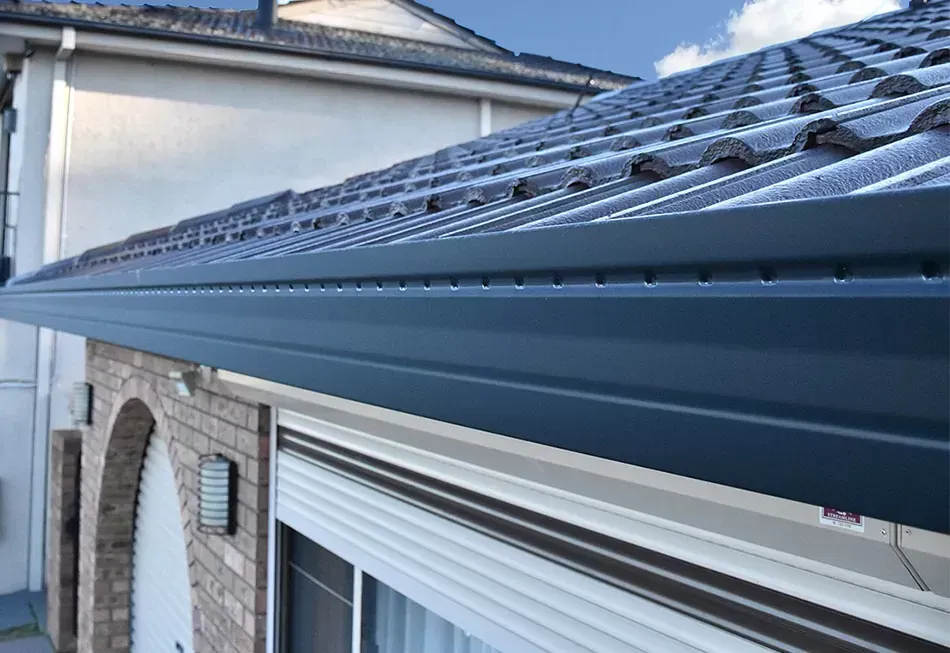
Choosing the Right Roofing Material
Picking the best roofing material for your home involves weighing several key factors. You'll need to consider durability, cost, and how different options suit your specific needs.
Factors in Material Selection
Climate plays a big role in your choice. If you live in an area with harsh weather, you'll want durable materials that can withstand the elements. Think about your home's style too. Some materials look better on certain architectural designs.
Your roof's slope matters as well. Steep roofs shed water quickly, while flatter roofs need materials that resist standing water. Don't forget about weight - some older homes may not support heavier options like slate.
Local building codes might limit your choices. Check what's allowed in your area before deciding. Energy efficiency is another factor. Some materials reflect heat better, potentially lowering your cooling costs.
Comparing Durability and Lifespan
Asphalt shingles are popular and affordable. They typically last 20-30 years. Metal roofs can last 50 years or more with proper care. They're great for areas with heavy snow or rain.
Slate and tile roofs are incredibly durable, often lasting over 100 years. But they're heavy and expensive. Wood shakes offer a natural look and last about 30 years with good maintenance.
Composite materials are gaining popularity. They can mimic the look of other materials while offering good durability, often lasting 30-50 years.
Estimating Costs and Budgeting
Roofing costs vary widely based on material and labor. Asphalt shingles are usually the cheapest option, while slate and tile are the most expensive.
Here's a rough cost comparison per square foot:
- Asphalt shingles: $1-$4
- Metal: $5-$12
- Wood shakes: $4-$7
- Slate: $9-$16
- Tile: $6-$15
Remember to factor in installation costs. Some materials need special skills to install, increasing labor costs. Think long-term too. A pricier material might save you money over time if it lasts longer or needs less maintenance.
Don't forget about ongoing costs. Some materials need more frequent repairs or treatments. Factor these into your budget when making your choice.
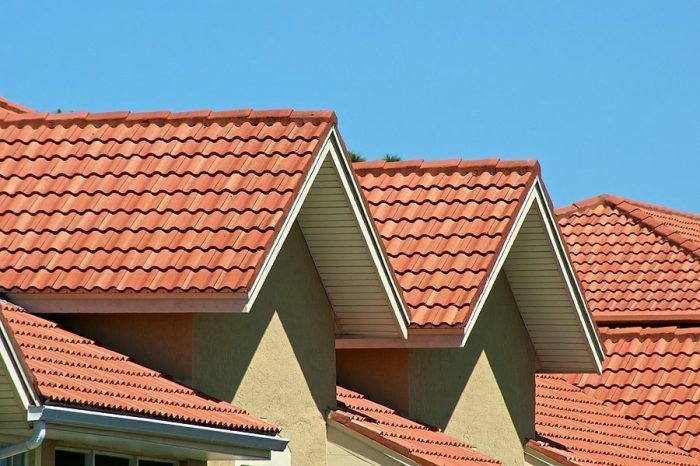
Roofing Installation Basics
Installing a new roof requires careful planning and proper techniques. The process involves preparing the roof surface and using the right methods for different roofing materials.
Preparation Steps
Before starting the installation, you need to remove old roofing materials. This includes tearing off shingles, underlayment, and any damaged decking. Inspect the roof deck for rot or damage and repair as needed.
Clean the roof surface thoroughly. Install drip edges along the eaves and rakes to help water flow off the roof.
Apply a layer of roofing underlayment to protect the deck. This acts as a water barrier. Felt paper or synthetic underlayment are common options.
Mark chalk lines to ensure straight shingle rows. This helps achieve a neat, professional look.
Installation Techniques for Different Materials
For asphalt shingles, start at the eaves and work upward. Overlap each row by about half a shingle. Use 4-6 nails per shingle, placed just below the tar strip.
Metal roofing requires special care to prevent leaks. Install panels from eave to ridge, overlapping edges. Use rubber washers on fasteners to create a watertight seal.
Tile roofing needs battens installed horizontally across the roof. Hang tiles from these battens, starting at the eaves. Overlap tiles to shed water effectively.
For flat roofs, roll out sheets of rubber membrane or modified bitumen. Overlap seams and use adhesive or heat-welding to create a watertight surface.
Maintenance and Inspection
Taking care of your roof is key to its long life. Regular checks and upkeep can save you money and prevent big problems.
Regular Maintenance Tips
Clean your gutters twice a year. This stops water from backing up and damaging your roof. Trim tree branches near your roof to prevent scratches and debris buildup.
Check for loose or missing shingles after storms. Replace them quickly to avoid leaks. Look for cracked caulk or rust spots on flashing. Fix these issues to keep water out.
Clear snow and ice from your roof in winter. Use a roof rake to remove snow safely from the ground. This prevents ice dams that can cause leaks.
Keep your attic well-ventilated. Good airflow reduces moisture and heat buildup that can harm your roof.
Identifying Common Signs of Wear and Damage
Look for curled, cracked, or missing shingles. These are signs your roof needs repair or replacement. Check for granules in the gutters, which show shingles are wearing out.
Inspect your attic for water stains or light coming through the roof boards. These are clear signs of leaks. Look for sagging areas on your roof, which can mean structural issues.
Check flashing around chimneys, vents, and skylights for damage. Bent or cracked flashing can let water in. Look for algae or moss growth, which can hold moisture against your roof.
Watch for signs of pest damage, like small holes or chewed areas. Pests can quickly cause big problems if not addressed.
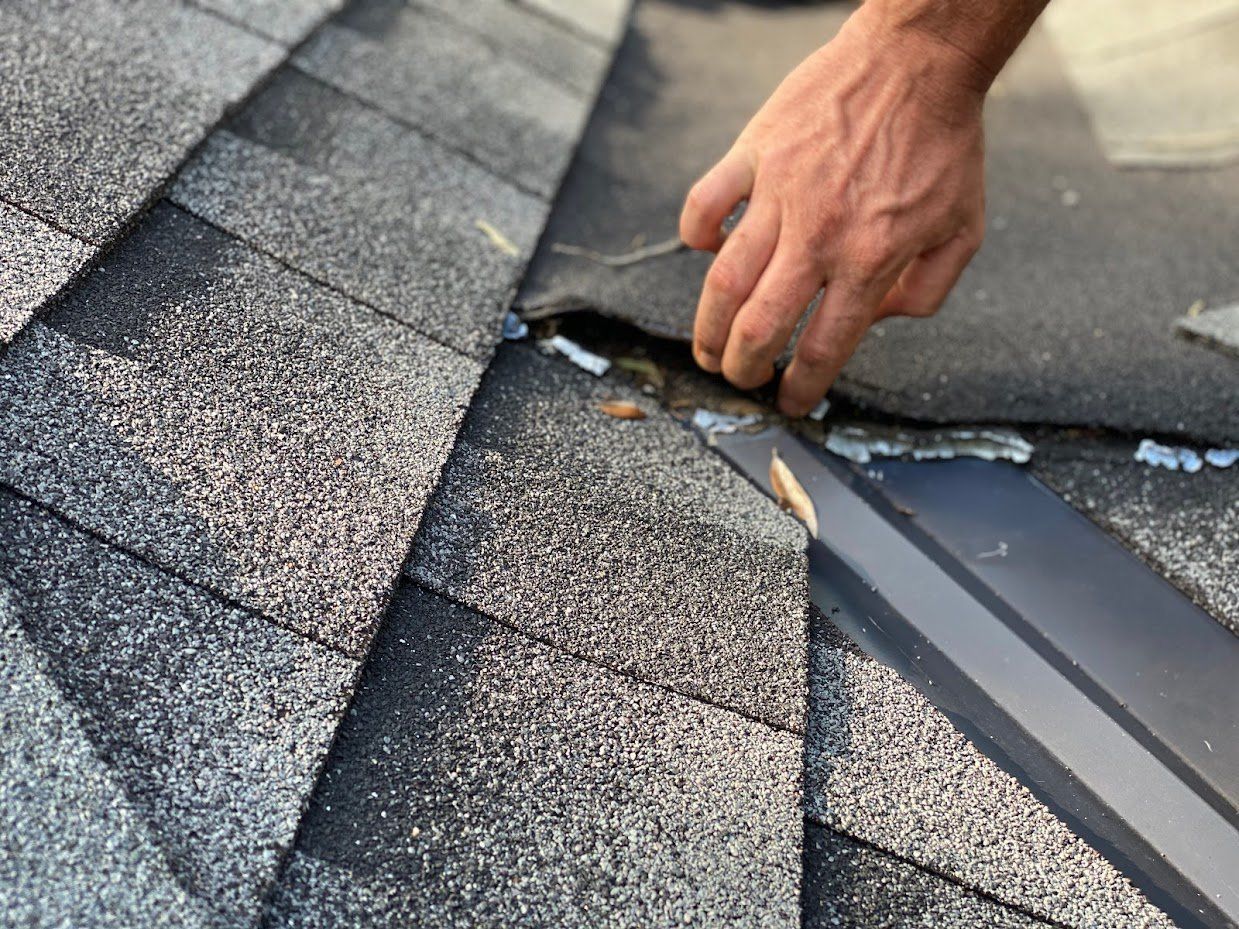
Handling Roof Repairs
Roof repairs can range from simple fixes to complex jobs. Knowing when to tackle repairs yourself versus calling a professional is key. Being prepared for emergencies can also save you time and money.
DIY Repairs vs. Professional Services
Some roof repairs are easy to do on your own. You can fix small leaks or replace a few shingles if you're handy. But bigger jobs need expert help.
Think about safety first. Working on a roof can be dangerous. If you're not sure, it's best to call a pro. They have the right tools and know-how to fix tricky problems.
Professional roofers can spot hidden issues you might miss. They can also give advice on preventing future damage. This can save you money in the long run.
For DIY jobs, always use proper safety gear. Have a friend help you. Don't work in bad weather. If you find more damage than expected, stop and call an expert.
Emergency Roof Repair Procedures
Fast action is crucial when your roof is damaged in a storm. First, check inside for leaks. Put buckets under drips and move valuables.
Cover holes with a tarp if it's safe to do so. Don't climb on a wet or icy roof. Call a pro right away for big issues like fallen trees or large holes.
Keep an emergency kit ready. Include:
- Tarps
- Roofing nails
- Hammer
- Duct tape
- Flashlight
Take photos of the damage for insurance claims. Don't try to fix major problems yourself. Quick patches can lead to bigger issues later. A pro can assess the full extent of the damage and make proper repairs.
Wrap Up
Taking care of your roof is key to protecting your home. Regular checks and maintenance can help spot issues early. This saves you money in the long run.
Remember to look for signs of damage after big storms. Clean debris off your roof and gutters to prevent water backup. These simple steps go a long way.
If you need help, don't hesitate to call a pro. For those in Providence, RI, Providence Roofing Company offers top-notch roofing services. Our team can handle inspections, repairs, and full replacements.
You now have the basics to better understand your roof. Use this knowledge to keep your home safe and dry for years to come. When in doubt, reach out to Providence Roofing Company for expert advice and quality work.

